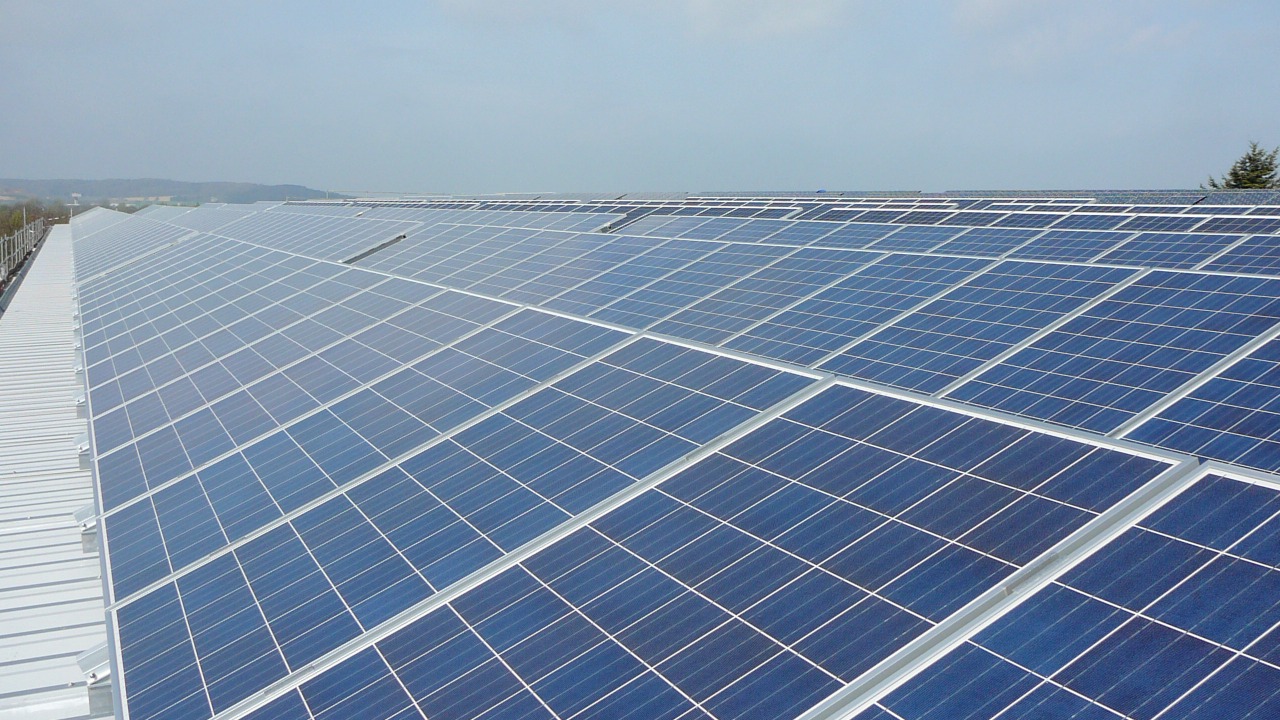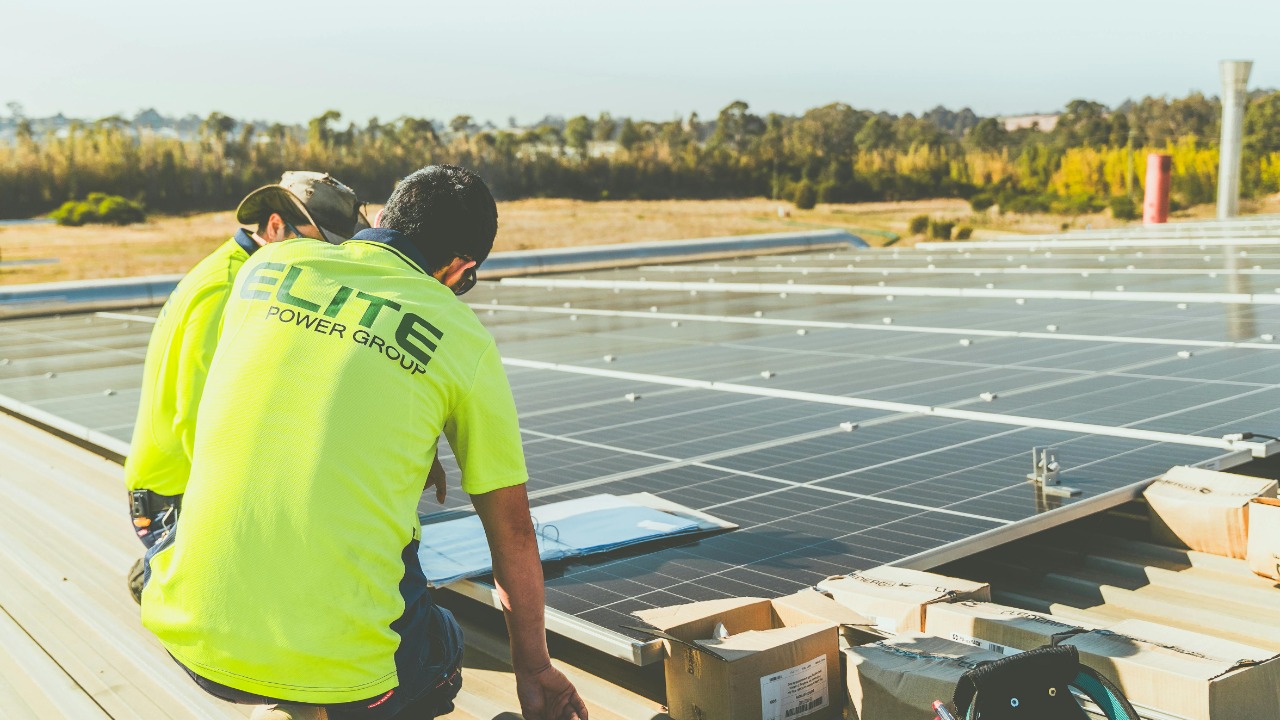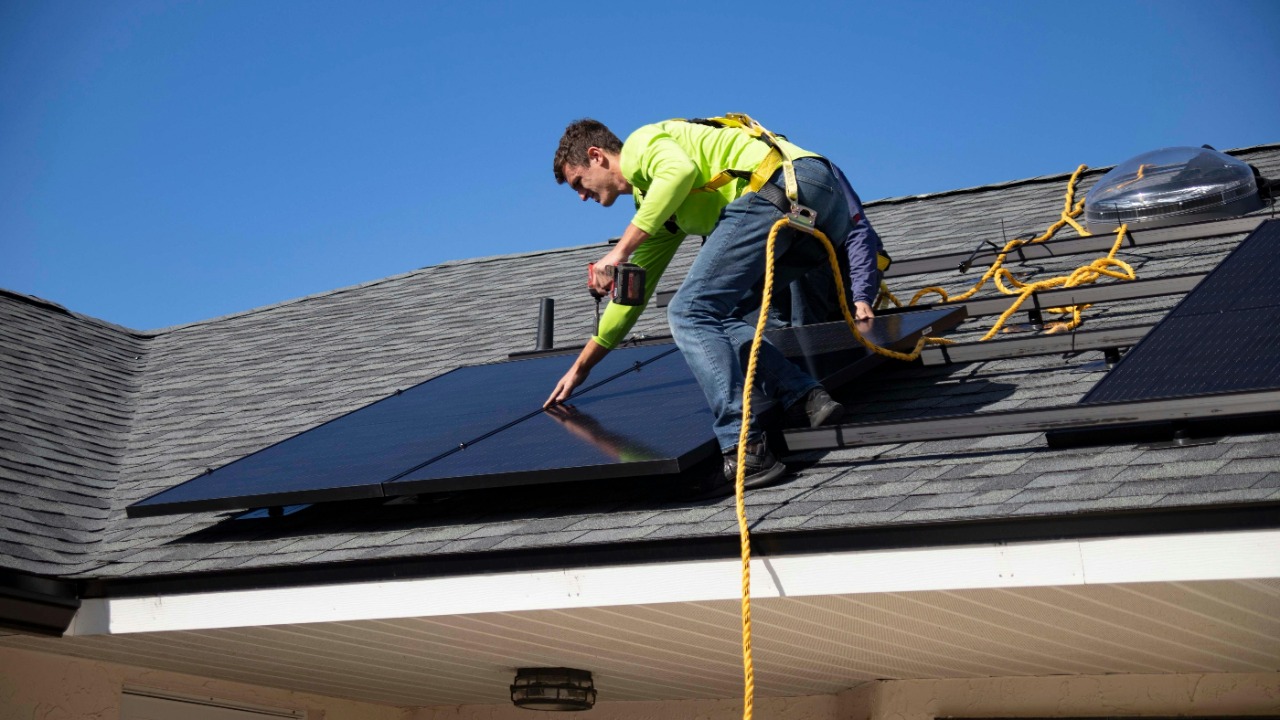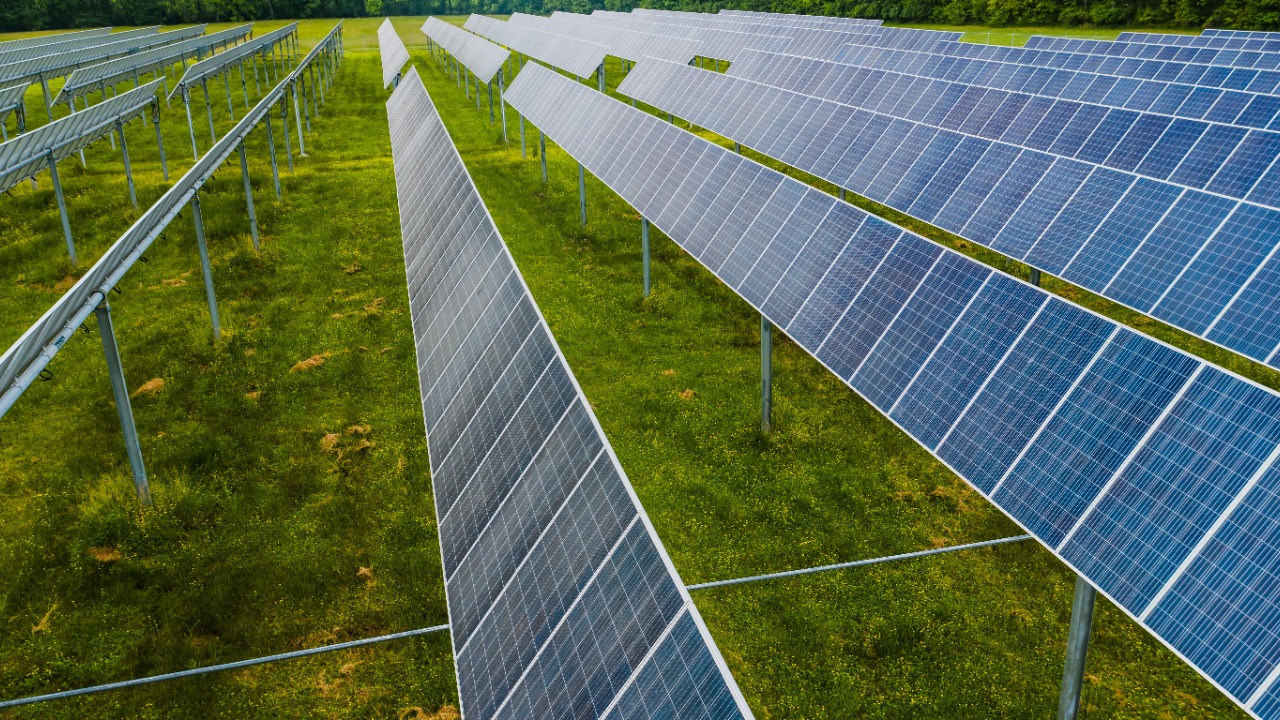
In recent years, the cost of solar panels has seen a significant decline, making them more accessible to a broader audience. This downward trend can be attributed to various factors ranging from advancements in technology to increased consumer demand. As the world moves towards more sustainable energy sources, understanding these factors provides insight into why solar energy is becoming a more viable option for many.
Increased Manufacturing Efficiency

One of the primary reasons for the decrease in solar panel costs is the increased efficiency in manufacturing processes. By streamlining production lines and adopting automation, manufacturers can produce panels more quickly and at a lower cost. Companies have invested heavily in cutting-edge technologies that reduce waste and improve output, allowing for more affordable prices.
For example, the implementation of robotic assembly lines has drastically reduced labor costs while increasing precision and efficiency. This transition not only lowers production costs but also ensures higher quality and consistency in the panels produced, further driving down prices.
Economies of Scale

As the demand for solar panels grows, manufacturers benefit from economies of scale. The more panels they produce, the lower the cost per unit becomes. This is because fixed costs such as research, development, and factory setup are spread over a larger number of units, reducing the overall cost per panel.
Large-scale production facilities are able to negotiate better deals on raw materials and components due to their increased purchasing power. This reduction in material costs is passed down to consumers, making solar energy a more attractive option.
Technological Advancements

Technological advancements have played a crucial role in the declining costs of solar panels. Innovations such as thin-film technology and improvements in photovoltaic efficiency have made it possible to produce panels that are not only cheaper but also more efficient.
These advancements allow for better energy conversion rates, meaning that fewer panels are needed to produce the same amount of energy. As a result, the overall cost of solar energy systems decreases, making them more accessible to consumers.
Declining Material Costs

The cost of raw materials used in solar panel production, such as silicon, has been decreasing. Advances in mining and refining techniques, coupled with increased availability, have led to a reduction in material costs.
This decrease in material costs has a direct impact on the final price of solar panels. As manufacturers continue to find ways to reduce waste and improve efficiency, the cost of materials is expected to continue its downward trend, further lowering prices.
Government Incentives

Government incentives have been pivotal in reducing the cost of solar panels. Various countries offer tax credits, rebates, and subsidies to both manufacturers and consumers, making solar energy more affordable.
These incentives not only reduce upfront costs for consumers but also encourage manufacturers to invest in research and development. As a result, the solar industry continues to grow, leading to further cost reductions and increased adoption.
Global Competition

The global market for solar energy has become highly competitive, with numerous companies vying for market share. This competition has driven innovation and efficiency, leading to lower prices for consumers.
Countries like China and the United States have emerged as major players in the solar industry. Their efforts to dominate the market have resulted in significant investments in technology and manufacturing capabilities, further reducing costs. For more insights on this trend, visit CNET.
Improved Supply Chains

As the solar industry matures, supply chains have become more efficient. Manufacturers have established reliable networks for sourcing materials and components, reducing lead times and costs.
Improved logistics and transportation networks have also contributed to cost reductions. By optimizing supply chains, manufacturers can ensure a steady supply of materials, minimizing disruptions and keeping costs low.
Enhanced Energy Conversion Efficiency

Solar panel efficiency has improved significantly, allowing for greater energy output from the same amount of sunlight. This increase in efficiency has made solar panels more cost-effective, as fewer panels are needed to meet energy demands.
With ongoing research and development, efficiency rates are expected to continue improving. This progress not only reduces costs but also makes solar energy a more attractive option for consumers. For more details, check out this comprehensive guide.
Rising Consumer Demand

As awareness of environmental issues grows, more consumers are turning to solar energy as a sustainable alternative. This increased demand has driven manufacturers to ramp up production, leading to economies of scale and lower prices.
Consumer demand has also spurred innovation, with companies striving to produce more efficient and affordable solar panels. As demand continues to rise, prices are expected to fall further, making solar energy more accessible to a broader audience.
Investment in Research and Development

Investment in research and development has been instrumental in reducing solar panel costs. Companies and governments worldwide are investing heavily in the development of new technologies and materials to improve efficiency and reduce costs.
These investments have led to breakthroughs in areas such as energy conversion efficiency and manufacturing techniques. As research continues to advance, the cost of solar panels is expected to keep decreasing. For more insights, visit this discussion on Reddit.